- Savage Blog
- How to Score a Whitetail Buck with The CRUSH
How to Score a Whitetail Buck with The CRUSH
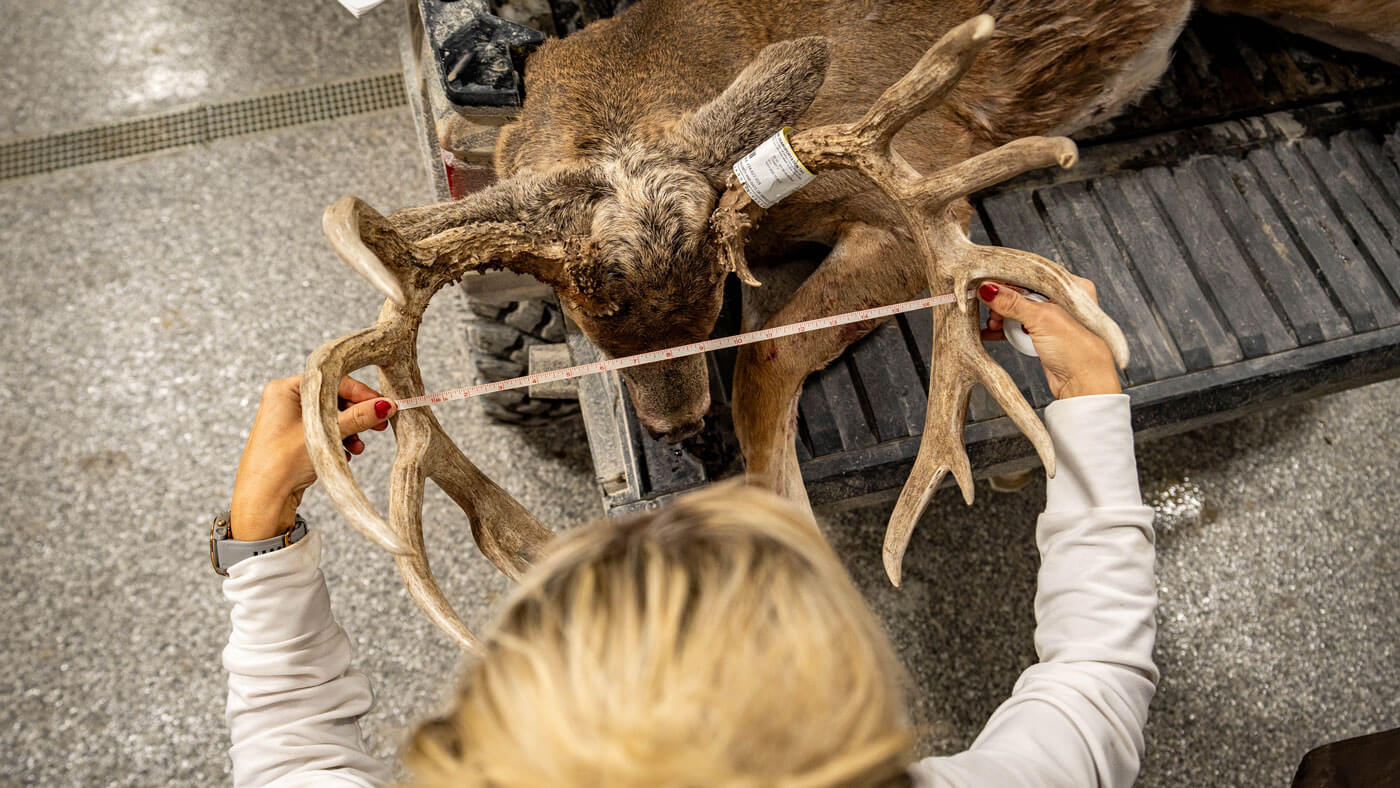
You’ve just harvested a hard-earned typical whitetail buck and after caping it out and field dressing it for the meat, one of the final steps to your hunt is finding out the score of your trophy. There are a few tried and true methods, and we’ll break it down for you below on how to score a whitetail buck.
Understanding the Basics of Scoring
First you need to determine if you want an official score or a score for your own base knowledge. If you would like to determine your score the way an official scorer would, there are three main organizations to obtain measuring forms and kits from to score your whitetail buck. These are Boone & Crockett, Pope & Young, and the Safari Club International.
- Boone & Crockett Field Scoring Kit
- Pope & Young Typical Whitetail Downloadable Scoring Form
- Safari Club International Official Measuring Kit
You can also request an official scorer to come out to your area and measure your buck. Both Boone & Crockett and Pope & Young have locators to find an official scorer in your area that can help score your deer.
Most hunters, however, conduct the measurements themselves. With the right tools and knowledge, and some practice, you can easily score a whitetail buck yourself at deer camp! All you need is some fabric tape, trophy tape and a calculator, which most people have right on their phones. You can also use products like Trophy Tape and the Rackulator Scoring Device to help take some of the guess work out of scoring.
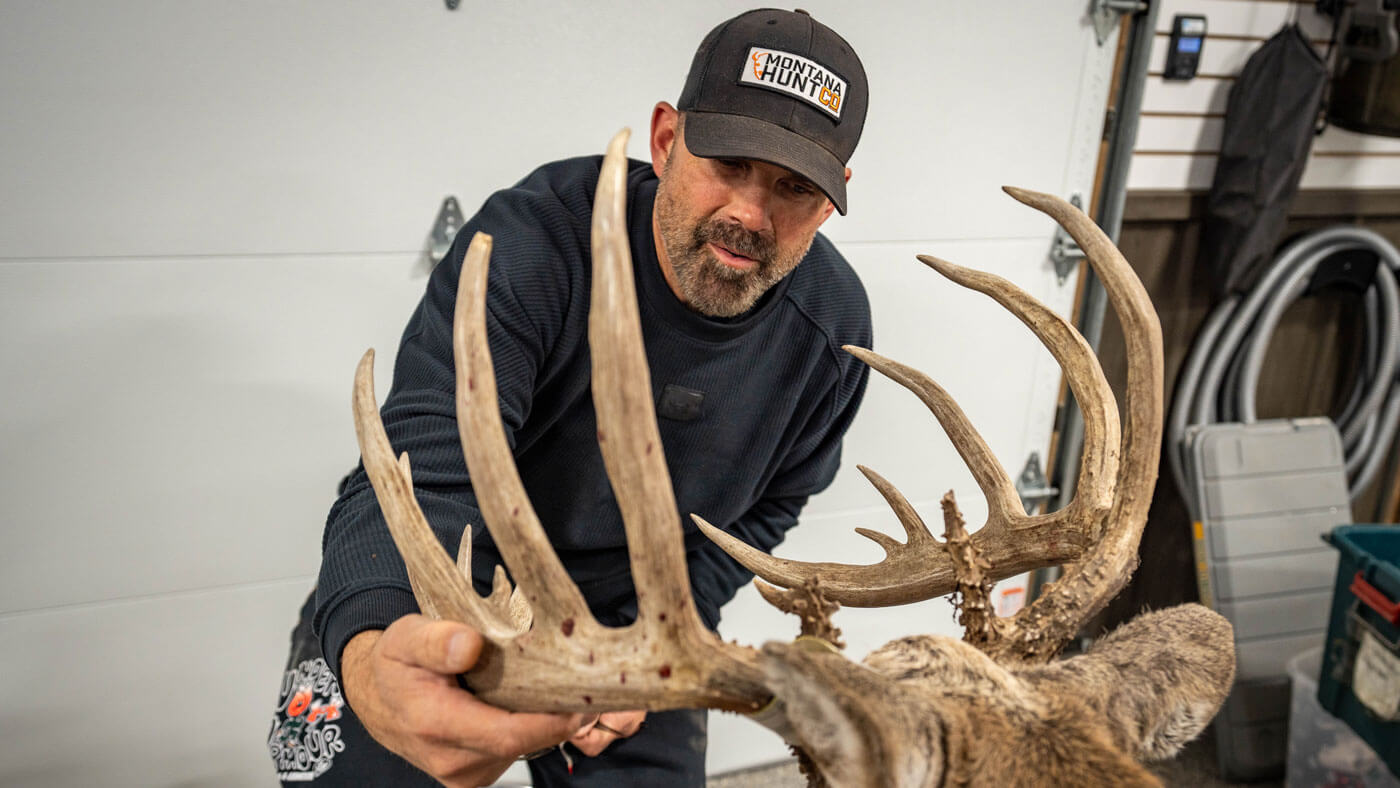
Here are some of the scoring terms you will need to know for each of the measurements you will be required to make:
Antler points are tines that branch off from the main beam that are at least 1” long
The Inside Spread is the distance from the inside main beam on one antler to the inside main beam of the other antler, perpendicular to the skull
Circumference is the distance around the main beam, which is measured at the narrowest point between the tines
“G’s” are for the tines, with G1 starting at the brow tine
Abnormal points are not labeled as G tines
“H” is the reference for mass measurements. On a whitetail and coues deer there are a total of 4 mass measurements from each side.
All measurements are done in 1/8th of an inch
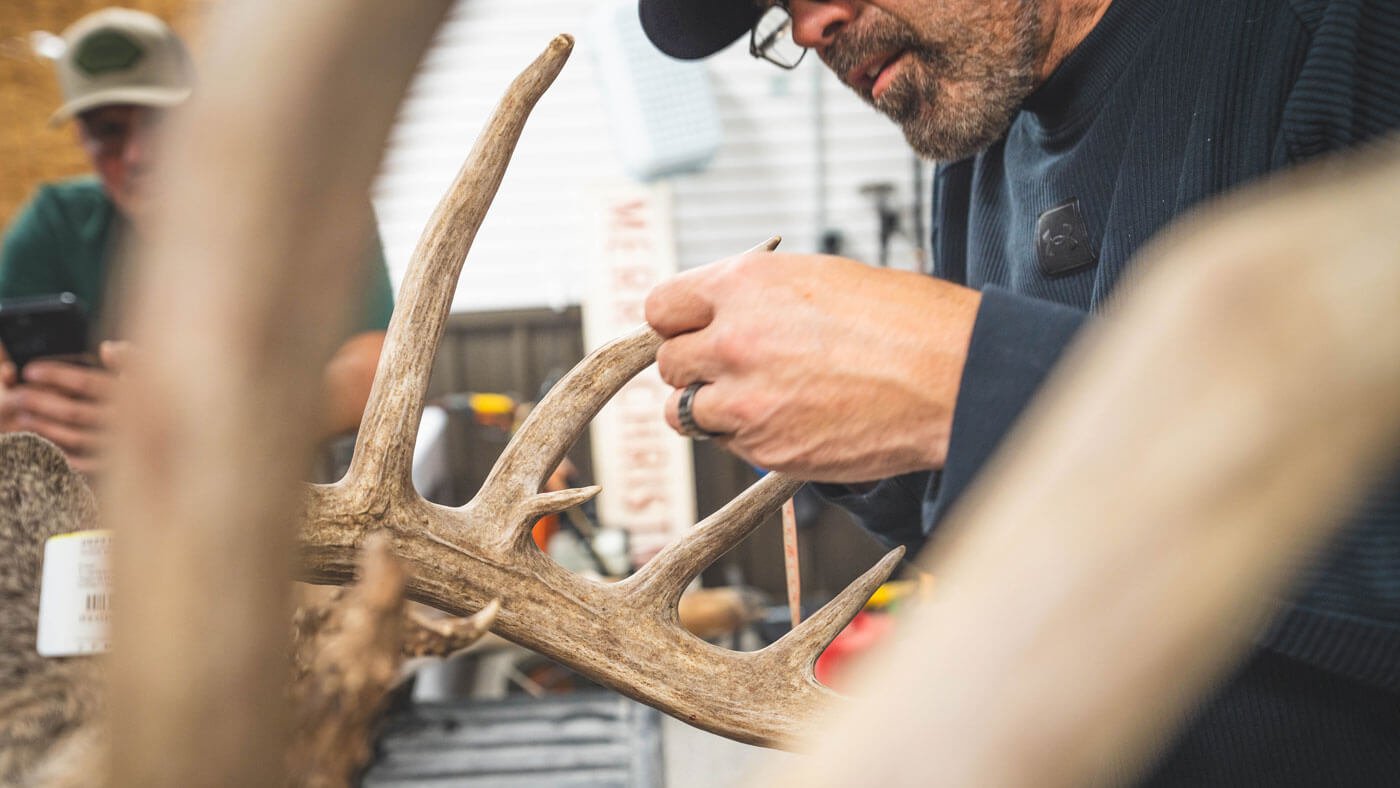
Step by Step Guide to Score a Whitetail Buck:
Count the number of points on each side of the antler that are over 1” long.
Measure the inside spread of the main beam. The measurement is the greatest distance of the inside spread perpendicular to the antler. The inside spread may be equal to, but not exceed, the longer of the main beams.
Make a column for the left and right side of the antlers.
Then measure the total length of abnormal points on the left and right starting at where the point intersects the main beam or tine. Measure from the tip of the point to the intersection of the main beam or antler tine.
Each tine is referred to as G1, 2, 3, 4 or more. G1 being the brow tine.
Measure the length of each tine on the left and right sides from the tip to the intersection of the main beam.
Repeat the process for every tine coming off of the main beam. They are referred to as G-1, G-2, G-3, G4 and more.
Everything is measured in 1/8 of an inch increments.
Once you have measured the length of all of your points, it is time to measure the circumferences of your main beam.
The circumferences are referred to as H-1, H-2, H-3, H-4
Each circumference is the smallest place between the burr and first point, the first and second point, second and third point, third and fourth point
There are only 4 mass measurements for each of the left or right side when measuring a typical whitetail or coues deer
The 4th mass measurement on an eight point buck is the midway distance between the G-3 and the end of the main beam in the middle (the mid-point).
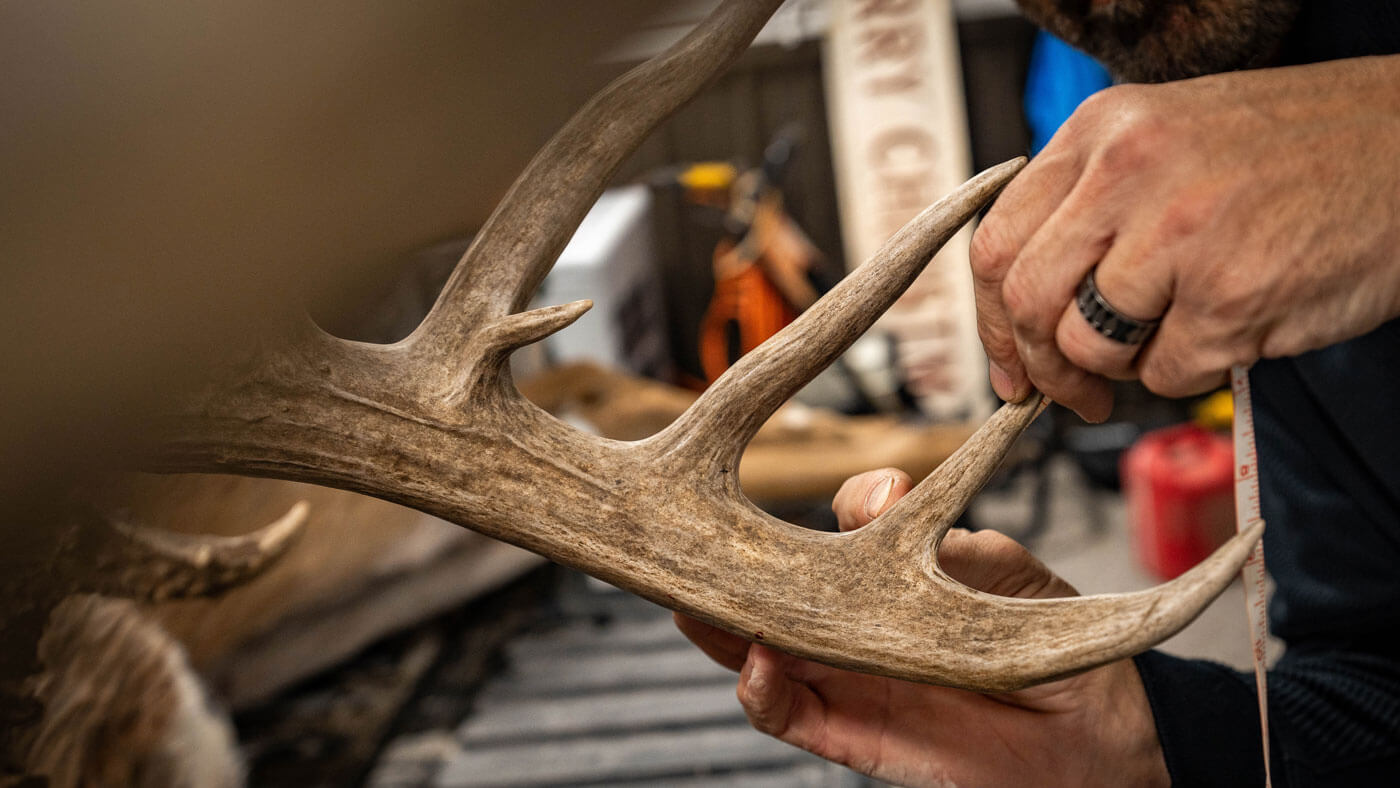
Now it’s time to tally your sheet.
Add up the total length of abnormal points, normal points and circumferences on the right antler. Then do the same for the left antler.
Add in the inside spread.
This will give you the gross score of your deer.
The differences between the main beam, the points and the circumferences of the left and right side gets subtracted from the gross score to give you a net score.
Common mistakes in scoring
Using a steel tape measure and not a fabric tape or wire to follow the contour of the antlers will often result in an inaccurate score.
Not measuring properly to the intersection of the tine and the main beam. Oftentimes people measure to the center of the main beam, which is incorrect.
Not understanding the different scoring methods for different species.
Official Scoring Guidelines
Refer to these guidelines if you feel from your rough measurements that you have met the minimum score requirements to be entered into the awards book for each organization.
The Boone & Crockett minimum score for a typical whitetail to be entered into the all-time awards book is 170”. It has to dry for 60 days before it can be entered for Boone & Crockett and Pope & Young before it can be officially registered. There are scoring agents that you can contact through each organizations’ website, or there are consumer shows which oftentimes have official scorers present like the Iowa Deer Classic.
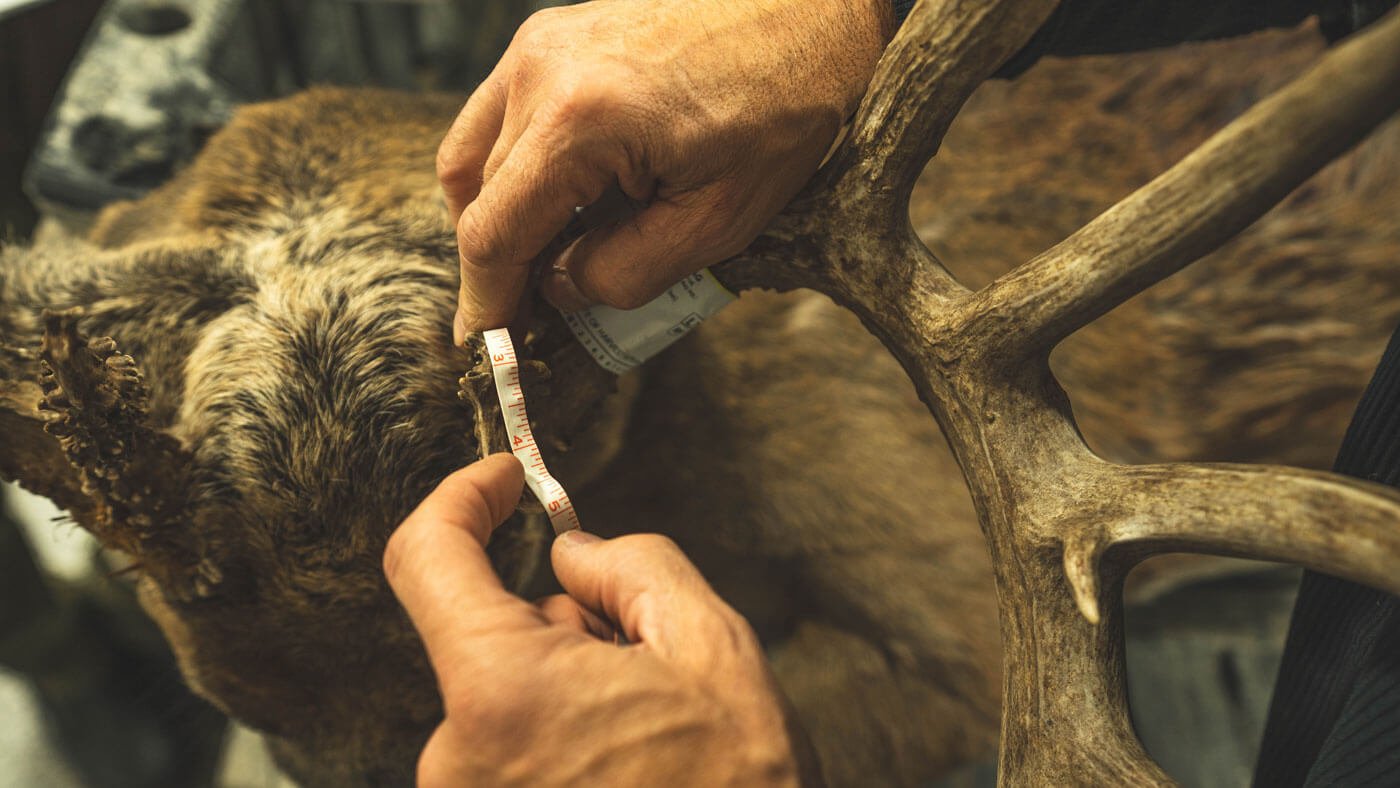
Field Judging
In the Midwest, a typical mature buck has a frame that measures 100”. The frame is the length of the main beams, plus the spread, plus the eight mass measurements. To quickly field judge a mature typical whitetail buck in the Midwest, simply add 100” to the total length of the tines. This will get you fairly close to what that buck should score.
When you score a whitetail buck, here are some characteristics to look for:
The length of the main beams
This is where a buck can gain or lose inches quickly.
The total number of tines and how tall the tines are.
Are they 10+ inches tall?
The antler mass
Does the deer seem light horned or heavy horned?
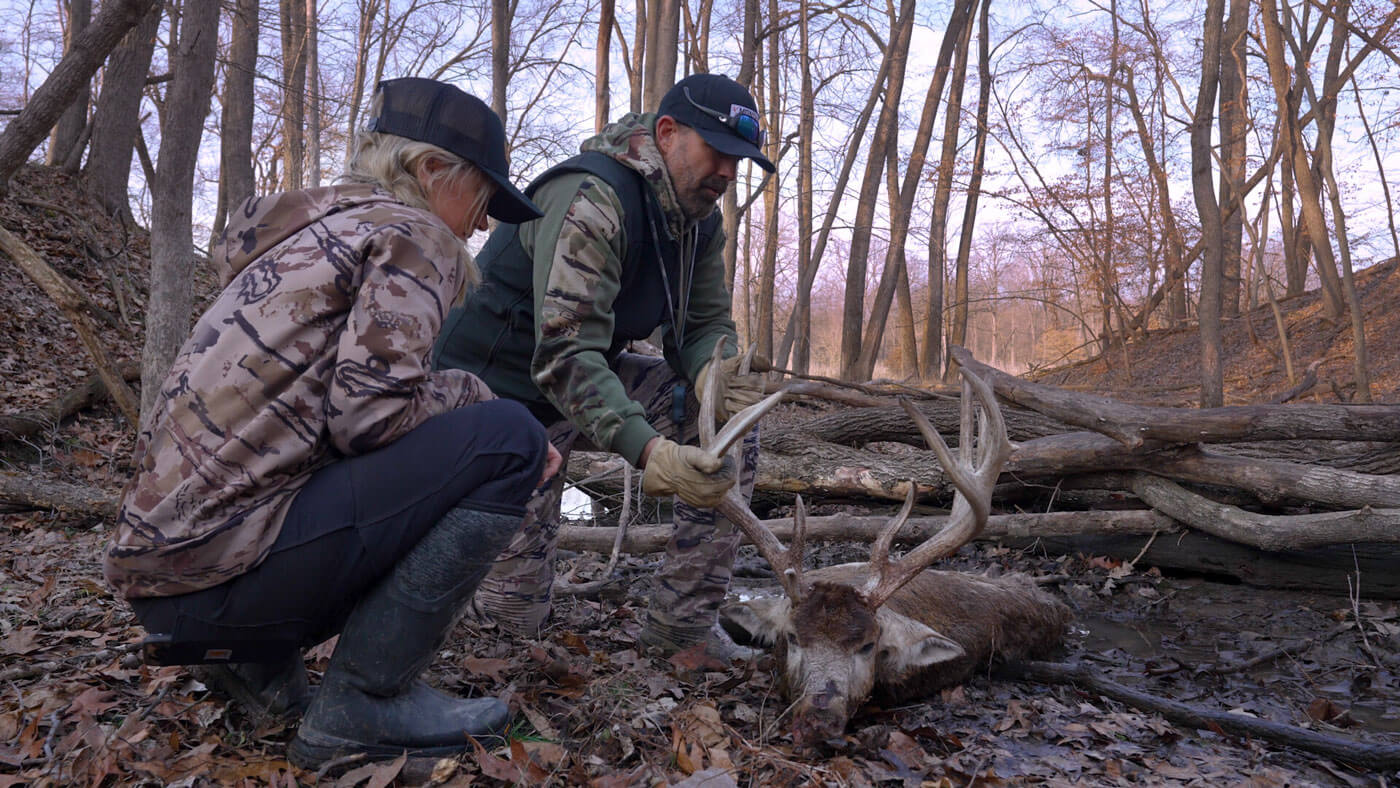
Significance of Why You Would Score a Whitetail Buck:
Scoring is a benchmark of the overall health of the herd, and gauges the effectiveness of the management practices of the property or region. Scoring allows us to go back in history and determine how our management practices are working relative to the quality of the animal.
Why Hunters Score Bucks
It is a benchmark on wildlife management practices in your area. Typically, older animals have larger antlers, so it can also be an indication on whether you have harvested a mature buck or not. Hunters also score deer for personal enjoyment and to identify that they’ve accomplished a significant hunting goal by harvesting a deer that reached a certain score.
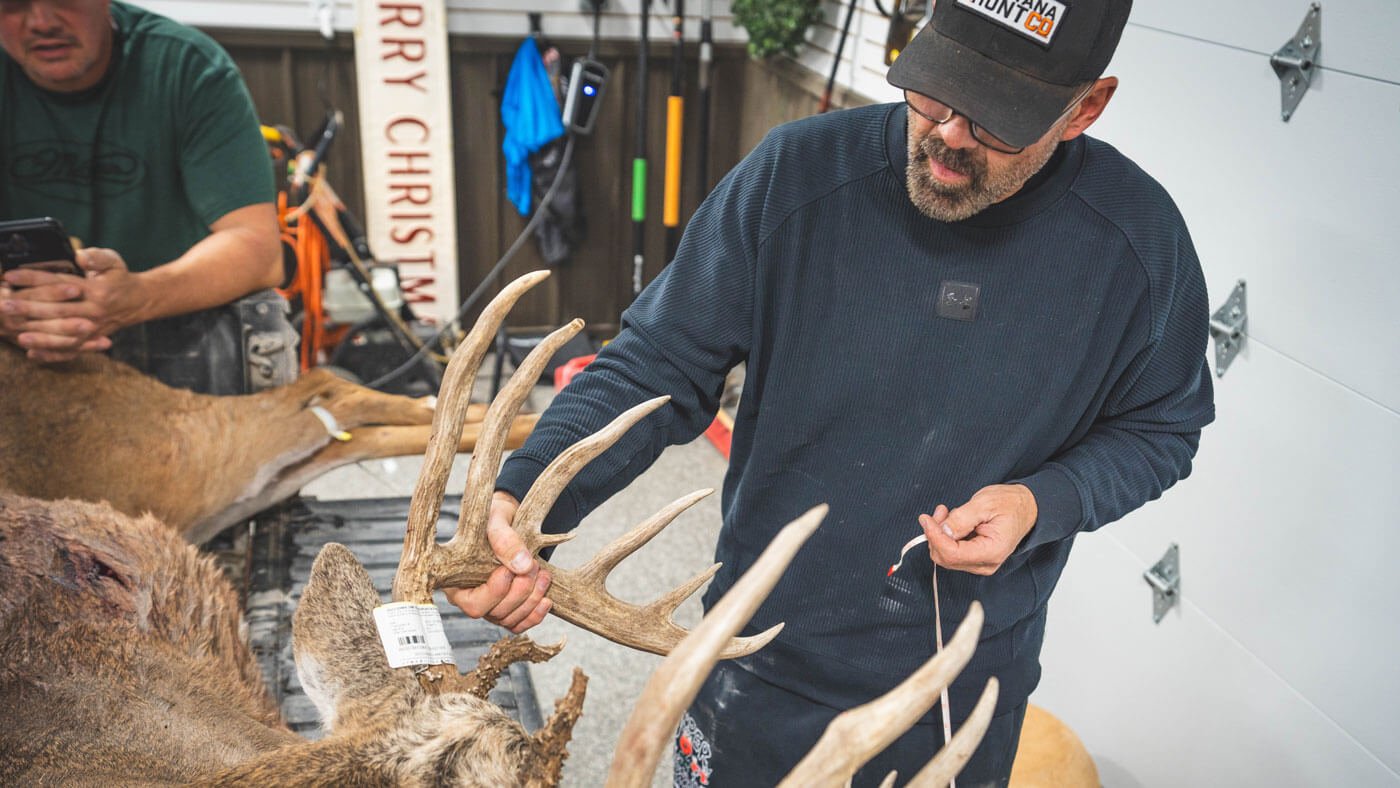
Troubleshooting Advice
If you’re having trouble trying to score a whitetail buck, try a couple of these tips.
Consult an official scoring agent or organization for assistance on scoring your deer.
Damaged antlers: the score of your animal is based on the antler at the time harvested. Anything broken after the harvest does not count in the official score of the animal.


